Hazratbal Shrine : Kashmir’s White Marble Beacon of Devotion
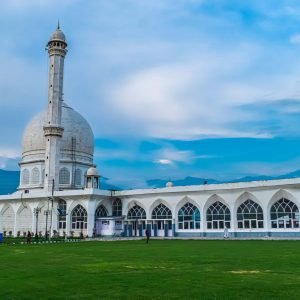
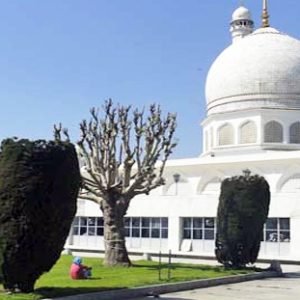
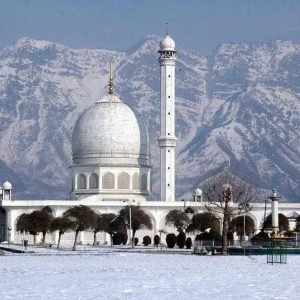


Table of Contents
Toggle1. Introduction
The Hazratbal Shrine, commonly known as the “Dargah Sharif” or simply Hazratbal, is one of the holiest religious places in the Kashmir Valley. It is far from just a local religious center, for it remains one of the most sacred Muslim shrines in all of Jammu & Kashmir-visited annually by thousands of Hindu, Buddhist and especially Muslim pilgrims.
Based on the northern banks of the scenic Dal Lake in Srinagar, the shrine is not only a sacred place of worship but also part of the deep cultural and historical heritage of that place. Let us look at the Hazratbal Shrine and explore its rich history, religious significance, architecture, festivals, and cultural heritage that makes it a significant part of Kashmir’s identity through the following pages.
2. Historical Background
2.a. Hazratbal History
The history of Hazratbal is, in fact, interwoven with the tale of the relic housed there i.e strand of hair from the beard of Prophet Muhammad (PBUH) called Moi-e-Muqqadas. The relic came to Kashmir in the 17th century with Mughal Emperor Aurangzeb. Moi-e-Muqqadas initially belonged to Syed Abdullah, a direct descendant of the Prophet(PBUH), living in Bijapur, South India.
During the mid-17th century, when Abdullah’s descendants became bankrupt, they sold the relic to a wealthy Kashmiri merchant, Khwaja Noor-ud-Din Eshai. But the Mughal authorities confiscated the relic considering it too sacred to be privately owned. The relic was despatched to Delhi. But after protest from the people and the nobility of Kashmir, Aurangzeb returned the relic to Kashmir. After its placement in Hazratbal, it was consecrated as a holy Islamic place among other sacred places of India.
2.b. Religious Significance
Hazratbal Shrine’s importance lies in its guarding of the Moi-e-Muqqadas. This relic is shown to the public only on some special occasions like “Milad-un-Nabi(SAW)” or “Shab-e-Miraj” during which Prophet Muhammad(PBUH) traveled on a night journey to heaven. On such occasions, thousands throng Hazratbal to have a glimpse of the holy relic.
The religious importance of the shrine is not only confined to the Muslims in Kashmir but has earned a sense of reverence from the Muslims in general. The structure is not only a religious center but also an icon of Sufi Kashmiri tradition deeply connected with the long history of Islamic mysticism in the valley.
For Muslims, this artifact is the epitome of faith and devotion. The existence of this relic in Kashmir proves a strong justification for the valley’s century-old relationship with Islam, introduced to the region as early as the 14th century through the journey of Sufi saints from Persia and Central Asia.
3. Architectural Characteristics
The Hazratbal Shrine, with its shining white marble outside, contrasts with the lush green of the Dal Lake and the Himalayas in sharp hue. The architecture of the shrine is characterized by a very elegant mix of styles incorporating Islamic, Mughal, and Kashmiri architectural styles.
3.a. Design and Construction
The main shrine building, which houses the sacred relic, boasts a great dome of white marble that happens to symbolize purity and divinity. It can be seen miles ahead and forms an iconic silhouette at the shrine.
i. Minars: The Hazratbal Shrine has one minar, and it is rather a deviation from the mosque architecture that carries two minars invariably. The minar is slim and tall, which gives it a soaring appearance to the shrine.
ii. Prayer Hall: The prayer hall is quite spacious, adjacent to the main building and, even at its maximum seating capacity, accommodates thousands of devotees, especially during special religious occasions. It features minimal and elegant design in large open spaces for quiet reflection and devotion.
iii. Courtyard: The Hazratbal Shrine is surrounded by an enormous courtyard that provides a direct view of Dal Lake and the snow capped Himalayas. It is a congregation place for pilgrims where often they pray here or sit quietly contemplating.
3.b. Legacy from Mughal Architecture
Though Hazratbal Shrine is a product of 20th-century reconstruction, the nuances of Mughal patronage are very well visible through its ornate domes and arches. Be it the overall symmetry or the minute detailing in shrine, one is reminded of Mughal mosques and monuments scattered all over northern India – the Jamia Masjid in Delhi and the Taj Mahal in Agra stand prominent on this list.
3.c. Kashmiri Elements of Ornamentation
Architectural traditions of Kashmir also find reflections in its wood components. Khatamband is a traditional wood carving practice of the valley, which is very clearly visible in the ceiling of the prayer hall, which has geometric and floral motifs carved into it. Wooden decking on the balconies and lattice works (Jali) of the buildings around convey significant cultural heritage of Kashmir.
4. Cultural and Social Significance
Hazratbal shrine is not only a religious institution but also the socio-cultural hub of the people of Kashmir. It is a fulcrum in the local scenario, providing the people with a sense of unity at all costs during trying times.
4.a. Pilgrims’ Gathering Place
Hazratbal is also a platform for the common people of all walks of life without any distinction of class or creed. It is a melting pot for the entire valley’s Muslim community, and pilgrims visit Hazratbal from the Indian sub-continent at large. On major religious festivals, the influx of devotees creates an electrifying, festive atmosphere filling every inch of space in the surroundings of the shrine with food stalls, traditional music, and hum of prayer.
4.b. Role in Kashmiri Identity
Hazratbal has always been on the map of Kashmiri identity through the ages. It has always been dealt with reverent respect by its people, and above all, with its sacred relic. Many consider a visit to the shrine to be a spiritual journey in cleansing and reflection for many.
4.c. Strength in Political Turbulence
Even amidst political turmoil in Kashmir, especially towards the end of the century, Hazratbal Shrine stands as a symbol of resilience. From the fights with arms to curfews, military occupation, the Shrine has borne every sign of times but its religious value remained unshaken. For many Kashmiris, Hazratbal is a haven of peace and solace amidst political tumult.
5. Festivals and Special Occasions
As mentioned above, Hazratbal Shrine assumes a great importance in the celebrations of important Islamic festivals when Moi-e-Muqqadas is taken out for public view. These festivals attract enormous crowds of devotees and give the crowd the feeling of community and shared faith.
5.a. Eid Milad-un-Nabi(SAW)
Hazratbal witnesses one of the most significant festivals, Eid-ul-Milad, which commemorates the birthday of the Prophet Muhammad(PBUH). Special prayers and religious sermons highlight Eid Milad-un-Nabi(SAW), aside from which surahs and verses of the Quran are recited. Moi-e-Muqqadas is also showcased on this day, giving the festival significant importance in the spiritual realm.
5.b. Shab-e-Miraj
This is the night of Prophet Muhammad’s(PBUH) miraculous journey to heavens, and it is another key event when the holy relic is brought out in the process. Thousands of devotees attend the shrine for overnight prayers and in order to see the relic uncovered.
6. Visitor Experience and Accessibility
Hazratbal Shrine is not only a place of worship but also an attraction for the visitors visiting Kashmir. The serene location near the Dal Lake, coupled with the architectural beauty of the Shrine, culminates to make it one of the most visited tourist attractions.
6.a. Location and Accessibility
The shrine is situated at around 25 minutes drive from the Srinagar. Any visitor need not take any great pains to go there. He simply can hire a taxi or local transport. Roads leading to Hazratbal go jam-packed during festivals and other special occasions. Visitors are, therefore, advised to plan in advance before going.
6.b. Best Time to Visit
The best time to visit Hazratbal when the Shrine is not crowded is during early morning times. This time of the day may ensure a peaceful time for prayer or quiet reflection for worship. If the visitor wants to see the unveiling of Moi-e-Muqqadas, they should fix their schedule according to the major Islamic festivals.
6.c. Dress Code and Etiquette
As a place of religious worship, visitors need to dress accordingly. Heads and shoulders, and knees need to be covered and women are actually required to wear a headscarf. The need for the removal of shoes before proceeding into the shrine. However, the complex requires people to be respectful in the moments that people pray there.
7. Conclusion
Hazratbal Shrine is a sacred shrine constructed as a symbol of Kashmir’s rich religious and cultural heritage. The significance lies not only in the sacred relic it houses but also in the unity, resilience, and faith it becomes for the people of Kashmir. The mix of Mughal, Islamic, and Kashmiri architectural styles, with the serene location by Dal Lake, makes it an important spiritual and cultural landmark.
Whether one visits for religious purposes or in order to appreciate its beauty, Hazratbal promises an experience full of deep tranquility and reflection or in a word, the essence of Kashmiri spirituality itself.
How to book a trip to Hazratbal Shrine, India with Charzan Holidays?
For a seamless and exceptional booking experience, contact Charzan Holidays at reservations@charzan.in or call us at +919622224473
People ask FAQ's
1. Why is Hazratbal Shrine famous?
The Hazratbal Shrine in Srinagar is known to house the “Moi-e-Muqqadas”, the hair strand of Prophet Muhammad(PBUH). Devotees and travelers alike come to visit the shrine located serene and pure by Dal Lake, having religious importance.
2. Are Hindus allowed in Hazratbal Shrine?
Yes, Hindus, like people of all religions, are allowed to visit the Hazratbal Shrine in Srinagar. The shrine is a holy Islamic place of worship because it houses the hair of Prophet Muhammad(PBUH). The people visiting this sacred site in Kashmir shall respect the religious customs and sanctity of that place.
3. Who constructed Dargah Hazratbal Srinagar?
The Hazratbal Shrine was built in white marble with the finest finishing and a dome shape in Srinagar, 1968. Under the care of Sheikh Mohammad Abdullah and the Muslim Auqaf Trust, its construction was completed in 1979: J&K Tourism Development Corporation.
4. Where is Hazratbal shrine located?
Hazratbal Shrine is located at the northern banks of Dal Lake in Srinagar, Jammu and Kashmir, India. It is among the most respected mosques in Kashmir, as it contains one of the hair strands of the Prophet Muhammad(PBUH). The Hazratbal Shrine affords the picturesque view of Dal Lake and its surrounding mountains.
Frequently Asked Questions
1. What is the Hazratbal Shrine? | |
| The Hazratbal Shrine is a revered Muslim shrine located in Srinagar, Jammu and Kashmir, known for housing a relic believed to be a hair of the Prophet Muhammad. | |
2. Why is the shrine significant? | |
| The shrine holds immense religious importance for Muslims and is a major pilgrimage site, attracting thousands of visitors who come to pay their respects and seek blessings. | |
3. Where is Hazratbal Shrine located? | |
| The shrine is situated on the northern shores of Dal Lake in Srinagar, providing a stunning backdrop of the lake and the surrounding mountains. | |
4. What architectural style is the shrine known for? | |
| The Hazratbal Shrine features beautiful Indo-Islamic architecture, with a white marble façade, a large dome, and intricately carved wooden interiors. | |
5. Is there an entry fee to visit the shrine? | |
| No, there is no entry fee to visit Hazratbal Shrine. It is open to all visitors, regardless of their faith. | |
6. What are the visiting hours for the shrine? | |
| The shrine is open for visitors throughout the day, but it’s best to visit during prayer times for a more immersive experience. | |
7. Can I offer prayers or perform rituals at the shrine? | |
| Yes, visitors are welcome to offer prayers and participate in rituals, reflecting the significance of the site in Islamic tradition. | |
8. Are there any facilities available for visitors? | |
| Basic facilities, such as restrooms and seating areas, are available at the shrine, but amenities may be limited. | |
9. Is Hazratbal Shrine safe for tourists? | |
| Yes, the shrine is generally safe for tourists and is frequented by both local worshippers and visitors from around the world. | |
10. Can I take photographs inside the shrine? | |
| Photography is typically restricted inside the prayer hall to maintain the sanctity of the space, but you can take pictures of the exterior and surroundings. | |
11. What local cuisine can I try near the shrine? | |
| Nearby eateries offer a variety of traditional Kashmiri dishes, including Rogan Josh, Yakhni, and local street food. | |
12. Are there accommodations nearby? | |
| Yes, several hotels and guesthouses are available in Srinagar, located within a short distance from Hazratbal Shrine. | |
13. What should I be aware of before visiting? | |
| Respect local customs and dress modestly when visiting the shrine. Be prepared for potential crowds, especially during religious festivals and weekends. | |
14. What is the local currency used in the area? | |
| The local currency is the Indian Rupee (INR). ATMs are available nearby, but carrying cash for smaller purchases is recommended. | |
15. What local attractions are near Hazratbal Shrine? | |
| Nearby attractions include Dal Lake, Nishat Bagh, Shalimar Bagh, and other significant historical sites and gardens in Srinagar. |


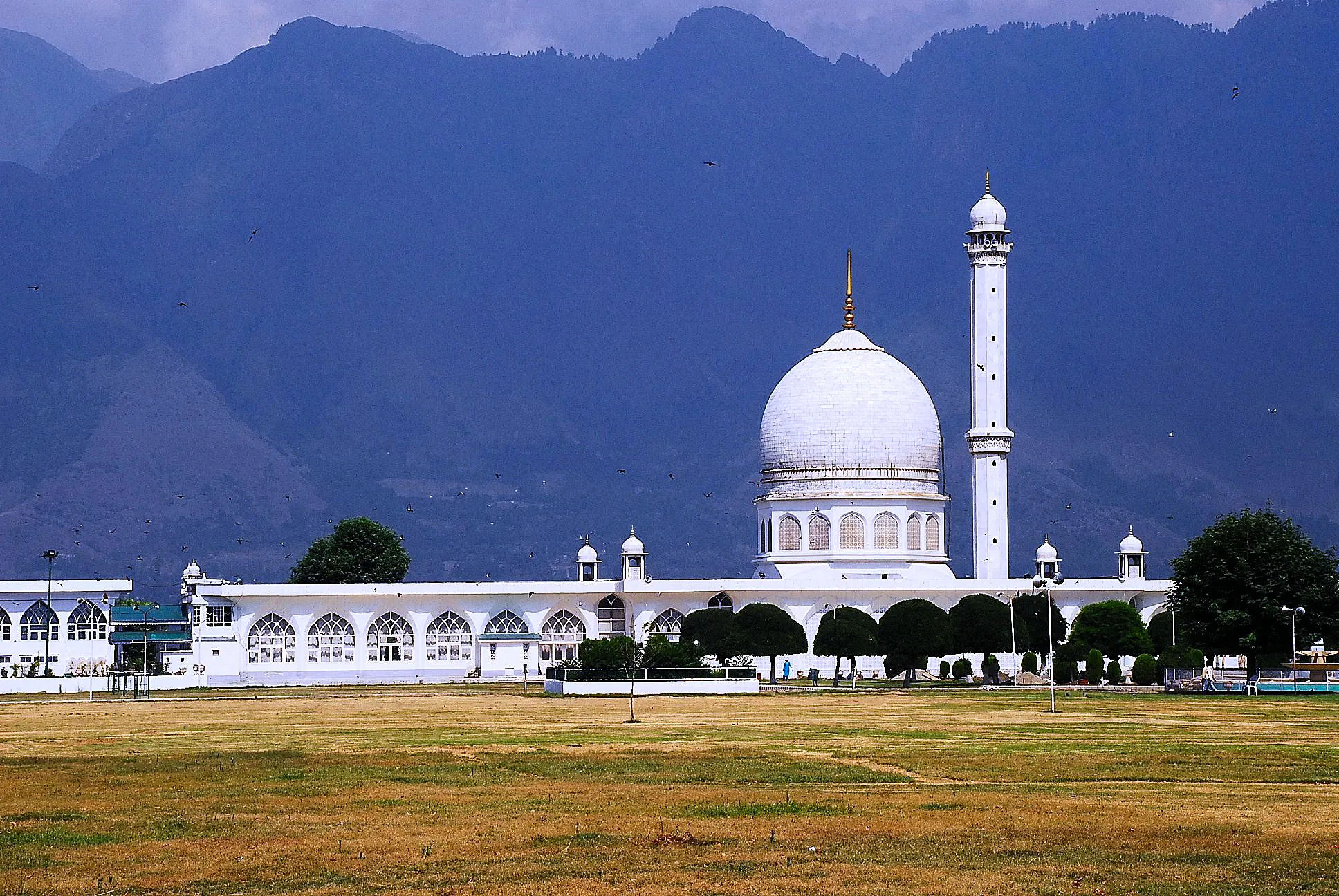
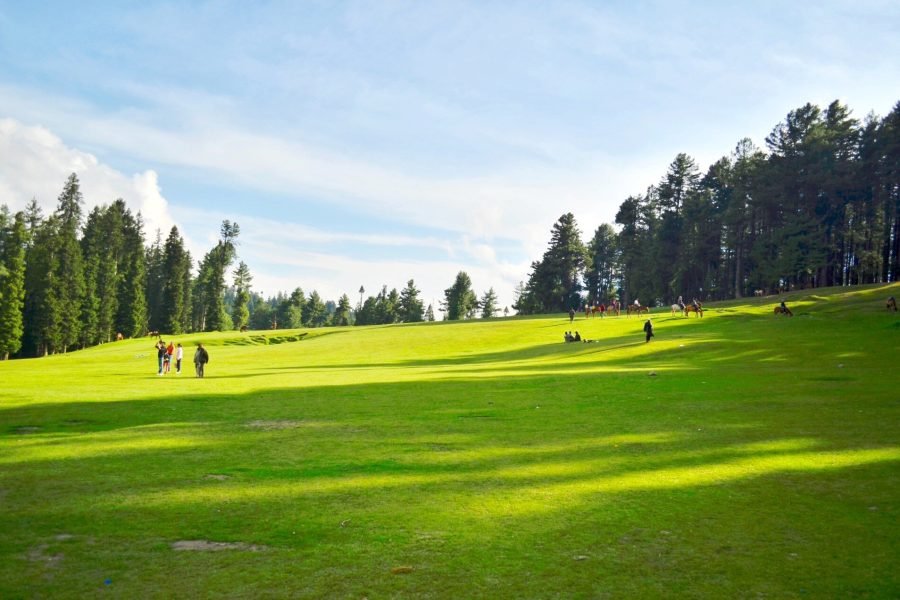
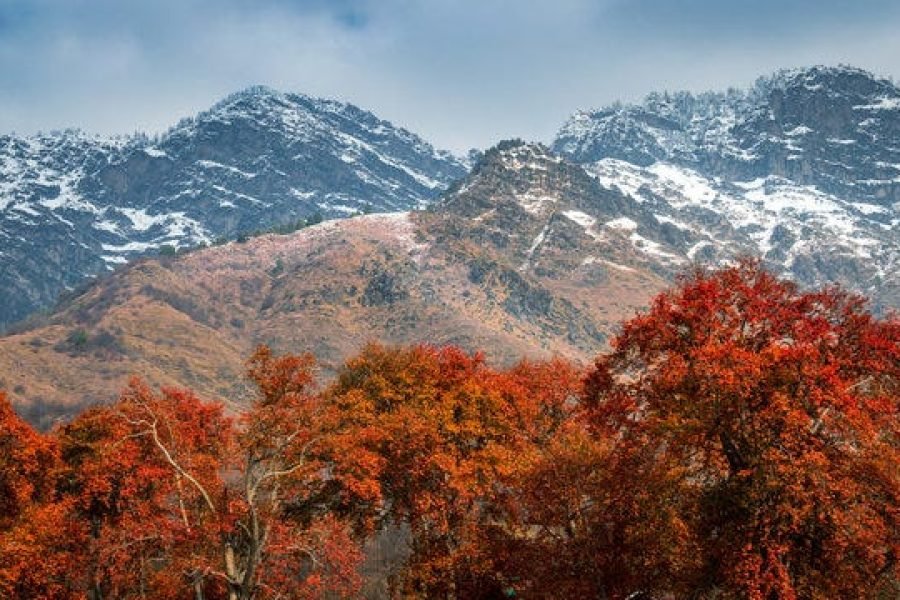
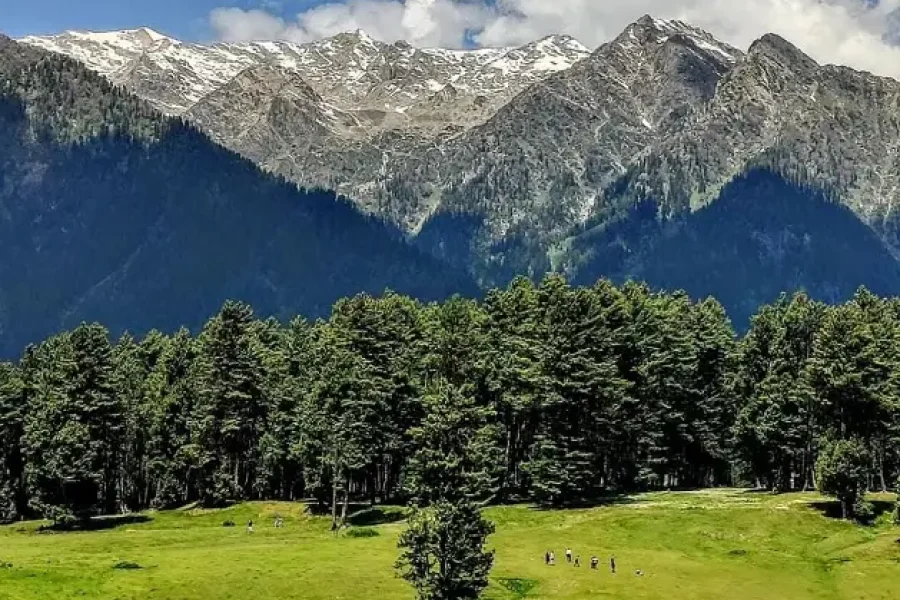
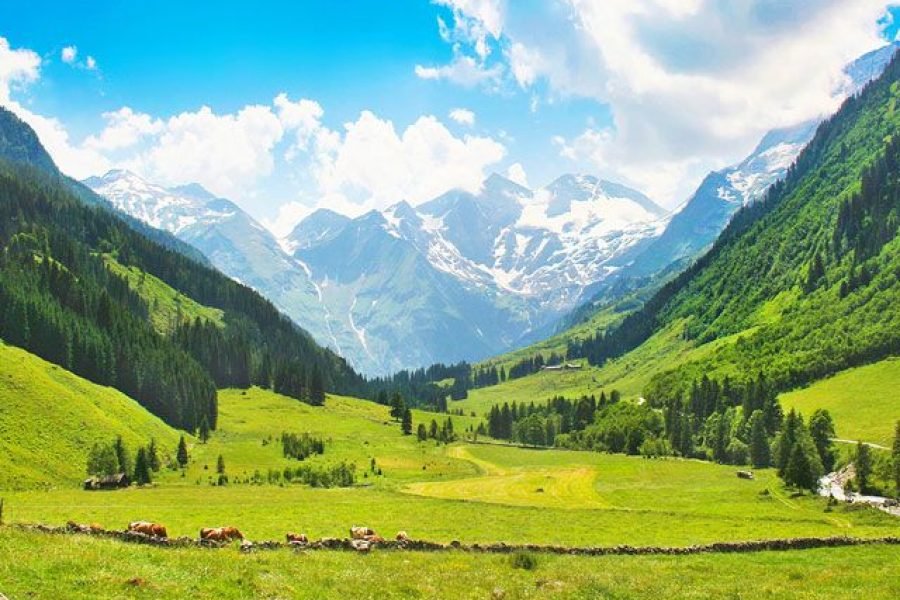
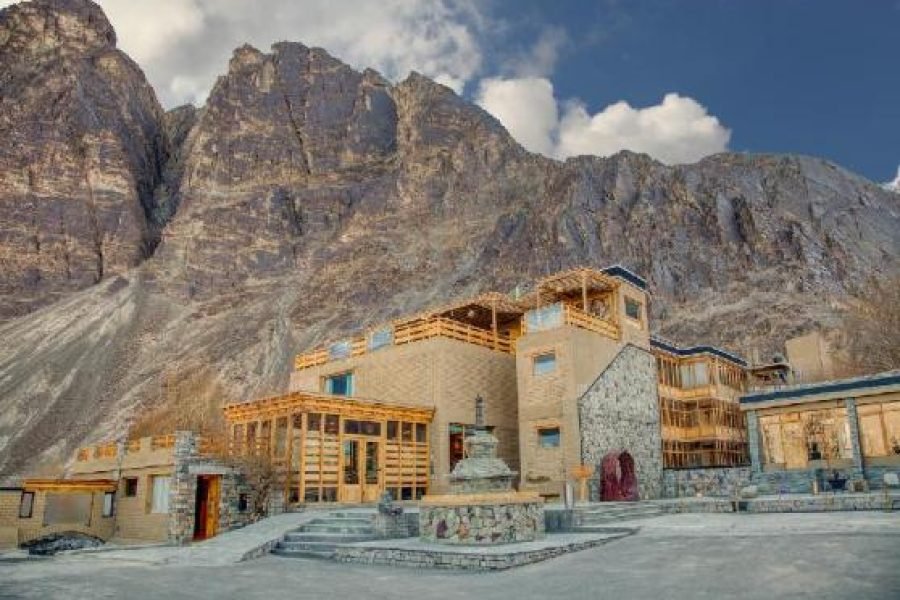

0 Comment